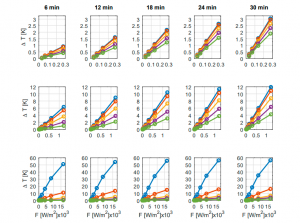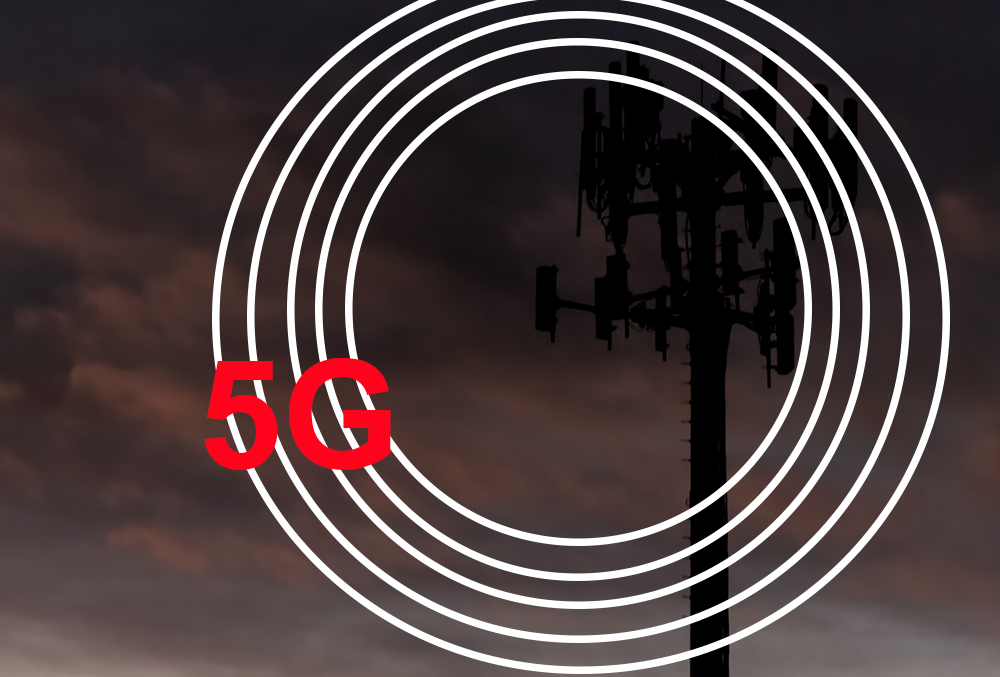The health risks of 5G radiation are still being debated. However, one study suggests a link between RF radiation and cancer in male rats. The study was classified before it was removed on the 12th of December 2012 by the Central Intelligence Agency, but it demonstrates that radiofrequency could trigger cancerous growth in animal, and even humans. In the study, researchers exposed male rats to radiofrequency for 15 days and discovered that they developed similar types of cancers humans develop.
Health effects of radiation from 5G
The rapid expansion of wireless communications have led to development of 5G technology, there are growing concerns regarding the health effects of the radiation from 5G. While the higher frequencies may not penetrate the body as deeply as the older technology, researchers have pointed to possible effects on the system and are calling for more research. To ensure that the population is safe, the European Commission is requesting independent studies to determine whether the technology is posing any health hazards.

It is crucial to remember that there's a substantial amount of misinformation regarding the health implications of 5G and it is essential to dispel any doubts that remain. Although 5G isn't yet widespread however, there are many people who are being told that it might cause health problems typically via social networks, where hyperbolic use of language is commonplace.
Beamforming technique
Beamforming is among the most important technologies for 5G mobile networks. It is a method that uses several radiating elements to produce narrow beams. The goal of beamforming is to limit the amount of unwanted radiation that is in the resultant signal. This method is widely employed for wireless communications systems, and is essential for 5G's low-cost coverage.
The method involves electronically weighing the signals from each antenna. This produces a smaller beam of radiation which improves cell coverage indoors and near cell edges. This is crucial as poor coverage can result in low user satisfaction. Along with improving 5g towers radiation beamforming reduces the amount of interference that a user encounters from other devices.
Power density
The energy density of 5G radiation from cellphone towers is similar to that of previous generations of 3G and 4G systems. The reason for the lower power is the electrical components' sensitivity. The highest radiation output of the 2G handset was around 2 Watts. The output of 4G phones was approximate 200 milliwatts.
The power density measures the amount of electromagnetic energy that is absorbed by the body from a particular distance. The power density of radiation 5g is typically expressed in watts per square meters. Unlike the SAR measurement, it is an actual measure of the amount of electromagnetic energy in an area. The parameters for power density can be different for mobile devices and wearables according to their operating frequencies and distance.
Specific absorption
The Specific Absorption Ratio (SAR) is a parameter that determines the speed at which a particular frequency deposits power into human tissues. In https://cryptoinvestmentgenie.com/the-consequences-of-electromagnetic-radiation/ , a SAR value should not exceed two watts per kilogram of body mass. This value is derived from the electric field present within the tissues and the density of mass, measured by kilograms of mass per cubic meters. 5g radiation was recently used to determine the antenna design.

The new radio technologies that comprise 5G operate in frequencies that are lower than 6 GHz. These frequencies are referred to by the name millimeter wave. However The FCC's SAR compliance test only applies to frequencies that are up 6-GHz. Furthermore to that, the SAR test requires that measurements be performed using phantoms that contain tissue simulating medium.
Health effects on skin
At present, we have no information on the health effects of 5G radiation on the skin. Our knowledge of the subject is inadequate due to the absence of research in-vivo as well as theoretic models. There is however an urgent need for further studies of the impacts of 5G radio frequency radiation on human skin. Utilizing 5G radio frequencies may cause damage to the skin specifically to the epidermis, one of the most sensitive parts.
Unlike 4G, 5G radiation is one of the highest frequencies that has been shown to cause heat to human tissues. Human body is dipolar, so the increased frequency of radio waves from 5G could cause heat in the skin. Exposure to 5G radio frequencies can be detrimental to other organs of the body, such as the brain.
